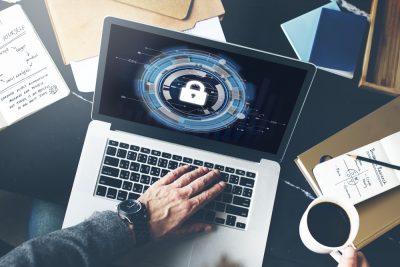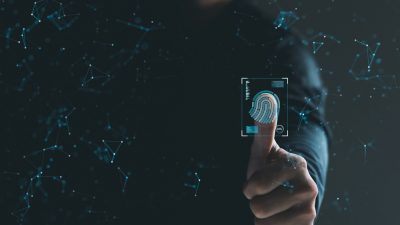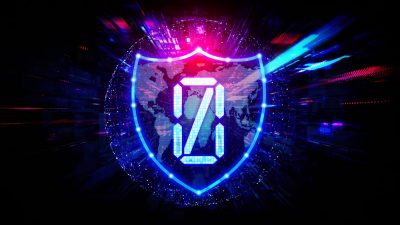Enterprises around the world have been dealing with security challenges across the infrastructure making them go from defensive mode to salvage mode. The year 2018, we saw some of the biggest data breaches across the world of network connectivity, making consumers and enterprises aware of the risks that come with the multiplication of connectivity. The increased connectivity and authentic network feature gave birth to the dark web, garnering a reputation for shady online activities where people can hide from the world of regulations to trade stolen data, buy hacking tools, drug trafficking, and even buy deadly illegal weapons. Among many of the products that are being sold in the dark web to make some quick money one of the most famous tricks is the items for sale on the Dark Web are fraud Guides, instruction manuals designed to teach criminals how to use the following tricks. A recent report released by the Terbium Labs a web intelligence company added a large number of fraud guides provide a look in the cybercriminal mind and methods. Studying such guides will assist and arm you with methods to prevent such hacks from happening to you.
The Report from Terbium titled as “Fraud Guides 101: Dark Web Lessons on How Defraud Companies and Exploit Data,” giving a complete analysis in the 30,000 fraud guides to determine what criminals are selling, telling the other cybercriminals and learning through the series of breaches and safety nets. The report clearly understands the logical mindset of criminals and what type of data is most valuable for any criminal and what type of data makes the enterprises most vulnerable. Among all the data that is being sought by the cyber criminal’s email addresses is one of the most desired, this was concluded after more than 5,000 guides were examined across the dark web. Email addresses are one of the primary ways through which criminals can portray their target using the reliable and unique means of identifying the individuals for phishing campaigns and account takeovers. The cybercriminals use emails to track user activities across different verticals including financial, retail and social media. The dark web has served the prodigy of being one of the most notorious places on the web giving the enterprises a chance to view the kind of threats they might have to deal with in everyday life.
The other things that have been in high demand after analyzing the dark web are Passwords, Username, Social Security number and Date of Birth (DOB). Password cracking over the years has garnered much of the attention from the criminals; most of the criminals have evolved to devise tips and tricks on how to exploit them and sneak past them. The guides that are analyzed give a complete analysis to explain the best methods to break passwords including the password resets and bypassing controls to gain access to sensitive data. Most of the users have a habit of using the same passwords across the various accounts, even for banking needs making them vulnerable even if one of the passwords is compromised. Social security numbers act as a touch for various government and financial records, using the SSN the hackers can gain complete life history about an individual and sell it for a hefty price. Date of Birth act as one of the security protocol that is followed by financial institutions during the payments, so getting access to user DOB can be a big gain. The report also discovered that fraud guides are cheap, the average cost being close to $3.88, while a collection of guides are sold for $12.99. The average cost of the guide across all is close to $7.80 while the most costly was $49.80 guide that taught people how to build synthetic identities. One of the cheapest individual guide’s costs 99 cents explains in a brief tutorial on how to hack home Wi-Fi passwords.
Though Dark web tends to directly affect the individual users with the inclusion of mobility and BYOD policies many enterprises are also taking steps to understand what exactly is the prevention method. The realization that we cannot completely secure anything from attacks, but we can add barriers to systems so that all the malicious activities can get filtered through the set barriers. Anyone with sensitive business information needs to have a second method of securing the account; there could be a two-factor authentication: Biometrics, one-time password, verification codes, OR codes, Hardware tokens, and other methods can add various security layers. Two-factor authentication has thus become a necessary part of our security infrastructure to protect enterprise data.
Two-factor authentication requires along with password a second form of identity verification. After a user successfully logs into the account with a password, the user is then prompted to confirm their identity using the other one-button push with verification app or input a random security code from a test, email, push notification or physical key that can provide a complete solution. The second-factor authentication is ideally harder to crack than the password; it requires something more legitimate a physical device. The user has a physical device to complete the authentication process; this leaves the hacker powerless even if they have the password for the service or device.
Conclusion
Enterprises are looking towards the two-factor authentication as an option in combination with password-based security. The applications or data that contain sensitive business data needs to be protected, and 2-factor authentication provides an ideal opportunity without the additional requirement of investment. Enterprises can use the biometrics, authentication messages, email-based authentication or physical to authenticate the users. Authentication is the next step to improve the cybersecurity and its bound to provide improvement in the security protocol of the enterprises.
To know more, you can download our whitepapers on Security.









































































